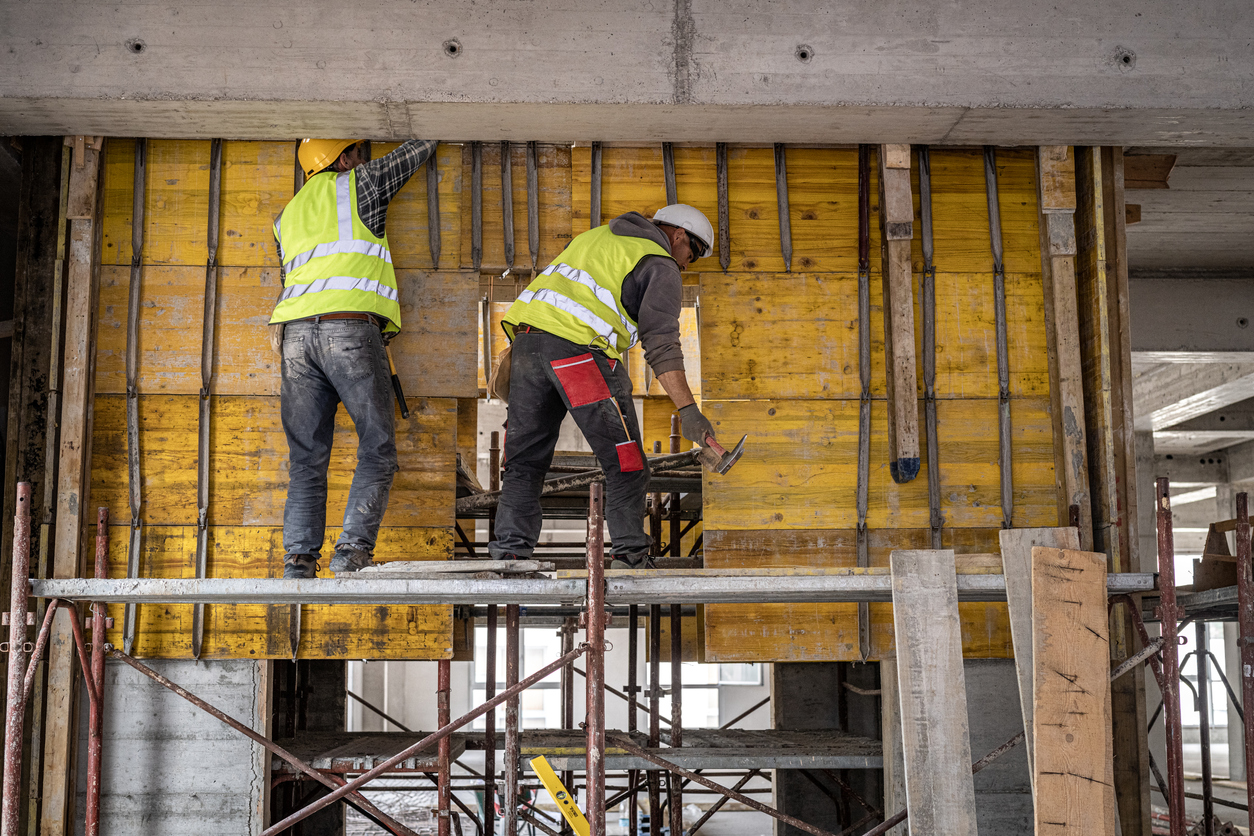
As a business owner, you’re most likely aware of the various types of construction risk that come with your industry. There are roughly 150,000 construction site accident injuries each year, according to the Bureau of Labor Statistics. But beyond slips and falls, construction sites have to also worry about things like floods, stalls in agreements and negotiations, city codes, and maintaining employee safety in the age of COVID-19. All these risks and more can hurt your construction project and prove fatal to your bottom line.
This is why construction risk management construction insurance, such as Orlando Construction Insurance from HILB Group, can help to prevent major financial, legal, and reputational pitfalls. With rising costs, new industry trends, more complex construction projects, and safety concerns, having a risk management plan is more important than ever before.
What is Construction Risk Management?
Risk management is the process of determining the risks present in your construction industry business and evaluating the steps needed to minimize their impact. In construction, the process involves planning, monitoring, and controlling areas of risk and liability.
To outline your risk management plan, you’ll need to identify the factors that could jeopardize your construction projects from the start. The potential sources of risks most common to construction include safety, financial, legal, project, and environmental risks.
In addition to these risks, it’s important to consider the impact of unique industry factors. Last year saw an increase in trade tariffs and material costs, which showed effects in project budgets. Pressures for more building efficiency, prefab construction, and green construction could also end up impacting supply chains.
Managing Risks
To effectively manage risk in the industry, companies need to develop their plan effectively. Here are a few steps:
- Identify Risks: Risk identification should occur during the project’s preconstruction process to let you manage any potential risks before accepting them. An effective way to look over risks is to go over them with your project team and stakeholders. The goal is to identify all the possible situations that could impact the project. A meeting and brainstorm session allows all groups to contribute their knowledge and expertise.
- Prioritize Risks: Construction risks can vary from site to site. It’s important to prioritize risks based on the potential impacts to your business and the chance of that risk becoming a reality. Companies should handle high-impact risks first before low-impact risks.
- Involve Others in the Process: Construction risk management requires you to work with the major individuals’ contributions to your company. Updates on risk should be communicated on every level. The three most important people who participate in the construction process are the owner team, design team, and contractors. Since each group has its own set of procedures, it’s essential to look into their practices and identify and mitigate exposures wherever possible. The stakeholders also play a crucial role that impacts risk.The types of information to monitor include cash flows, schedules and cost information, inspections, project files and logs, contracts, and regulatory documents.
Risk management is not a process that should be overlooked or forgotten after it’s complete. It’s a process that needs to be reviewed and updated regularly. Consistent monitoring and revisions to a plan help increase your construction business’s resilience against future high risk levels.
About The Hilb Group
Deciding what coverage you need and what limits and deductibles make the most sense can be tricky. Founded in 2009, the Hilb Group has been helping clients to make sense of their options and make the smartest choices for their circumstances. Whether you need Warehouse Insurance or any other type of business or personal coverage, we encourage you to contact our friendly, experienced, and capable team today. Call us at (800) 776-3078 for a consultation.
